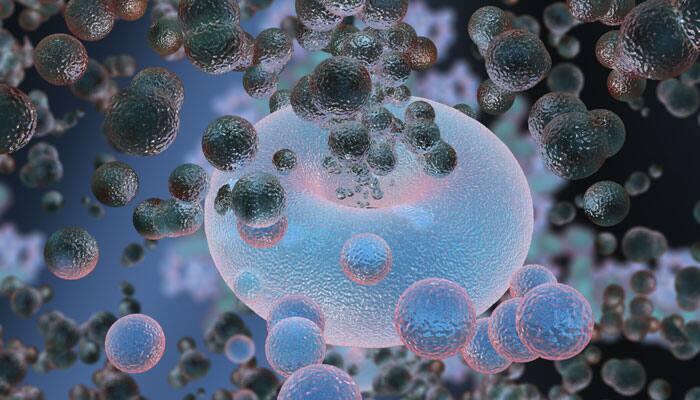New York: Using a simple technique known as multiple combinations of cell populations, researchers have grown tissue of the oesophagus (food pipe).
The find could one day be applied to help children who have been born with missing portions of the organ, which carries food, liquids and saliva from the mouth to the stomach.
The tissue-engineered oesophagus formed on a relatively simple biodegradable scaffold after the researchers transplanted mouse and human organ-specific stem/progenitor cells into a murine model.
"This means that successful tissue engineering of the oesophagus is simpler than we previously thought," said principal investigator Tracy Grikscheit from the Saban Research Institute in the US.
Progenitor cells have the ability to differentiate into specific types of cell and can migrate to the tissue where they are needed.
The tissue-engineering technique discovered by the researchers required only a simple polymer to deliver the cells and multiple cellular groupings show the ability to generate a replacement organ with all cell layers and functions.
"We found that multiple combinations of cell populations allowed subsequent formation of engineered tissue," Grikscheit added.
"We have demonstrated that a simple and versatile, biodegradable polymer is sufficient for the growth of tissue-engineered oesophagus from human cells," Grikscheit said.
The process might also be used in patients who have had oesophageal cancer or otherwise damaged tissue, after having accidentally swallowed a caustic substance.
The study appeared online in the journal Tissue Engineering Part A.
















